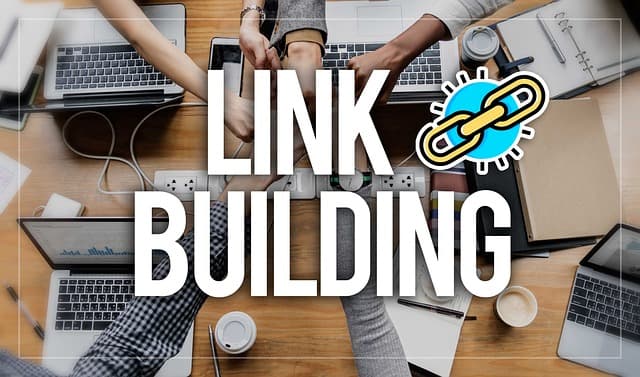Classic linking is based on categories, tags and site hierarchy. But modern Google algorithms do not work according to the template, but according to the meaning. This means that a simple link “page A – tag B – page C” no longer gives the desired SEO-effect. This is being replaced by semantic re-linking, a strategy in which pages are linked based on proximity of topics, user intent, and context, rather than just tag matching.
Google is increasingly using machine learning technologies (including the BERT algorithm and its extension MUM) to understand the meaning of a query and the content of a page at the level of meaning rather than keywords. This is confirmed by John Mueller: “The search engine is becoming less and less dependent on exact keyword matches and more and more dependent on overall context.” In such conditions it makes sense to link pages, not by the tag “marketing”, but by semantic linking: for example, an article about the sales funnel → an article about lead generation → a material about CRM.
Semantic linking enhances behavioral factors: the user stays on the site longer, reads more materials, because each next step logically follows from the previous one. This directly affects engagement metrics, which Google can take into account as quality signals.
Example: the Ahrefs site links materials not by the tag “SEO”, but by the logic of “basics” → “tools” → “case studies” → “mistakes”. Such a path coincides with the user’s actual mindset and allows you to retain them longer.
To implement semantic linking, you need to analyze the intents: what does the user want from each article? Then – build links not by formal categories, but by semantic sequence. This can be done manually or with the help of SEO tools that analyze content by topic (for example, InLinks, Surfer SEO or ClearScope).
Semantic relinking is a step from mechanics to logic, from structure to thinking. It requires effort, but it yields results: increased depth of views, decreased bounce rates, and increased visibility in search.
